“
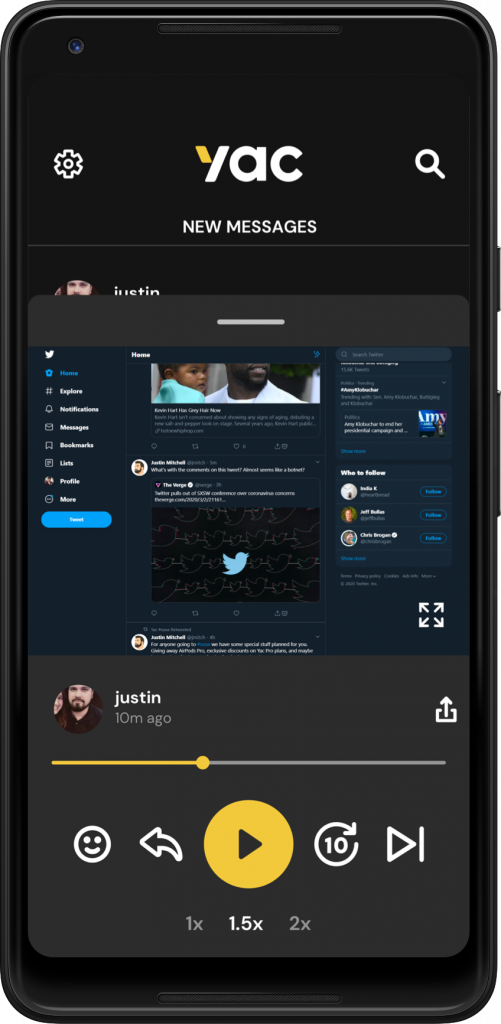
“
“
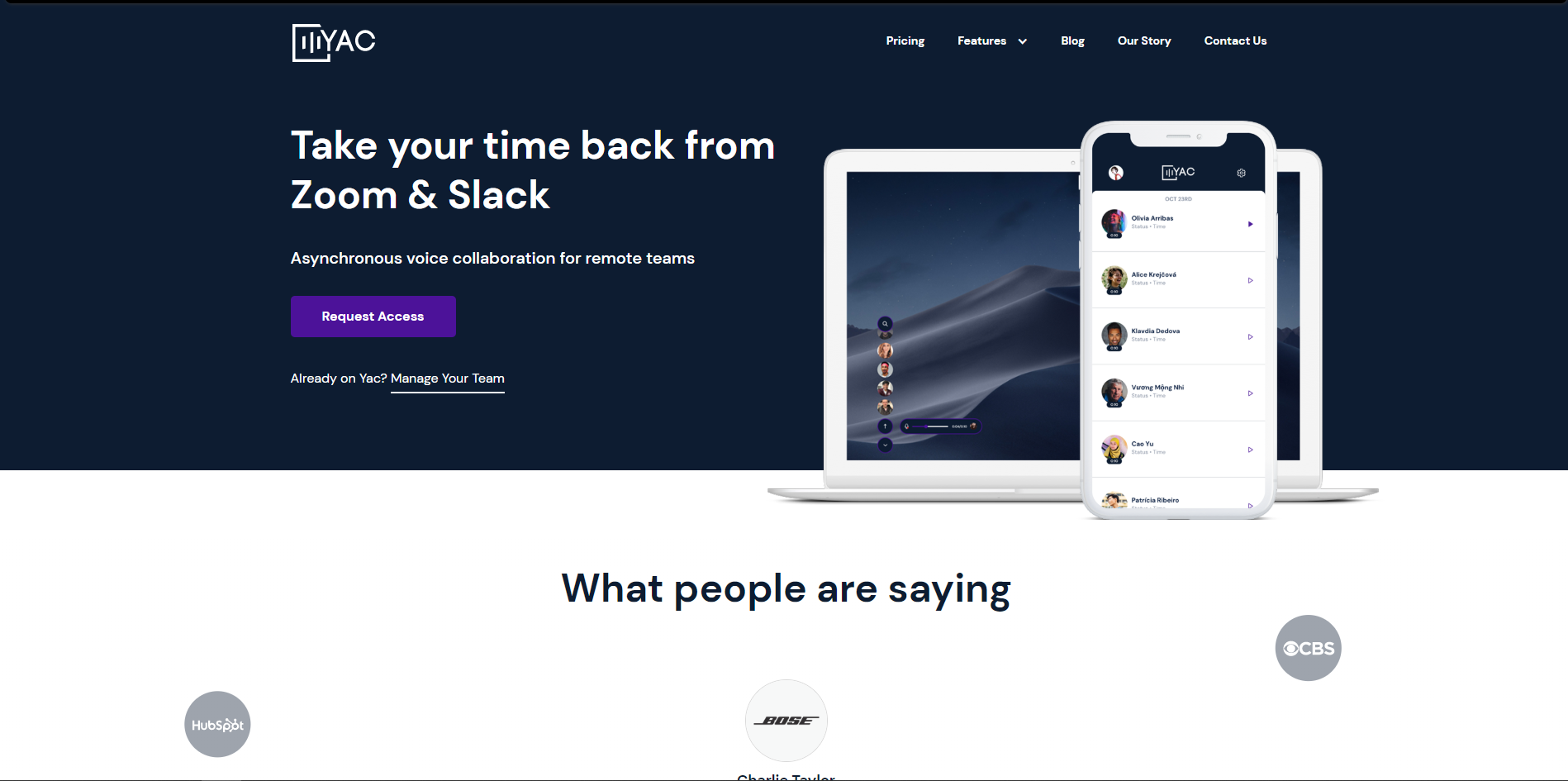
“
Yac’s team extensively used our Viral Loops- Zapier integration to automate the entire process.
New leads were sent into Mailchimp, avoiding the need to export and import later. After a new lead was added to Mailchimp a custom-designed welcome email was sent that pulled in the unique referral code from Viral Loops and presented it as a shareable link in the email body.
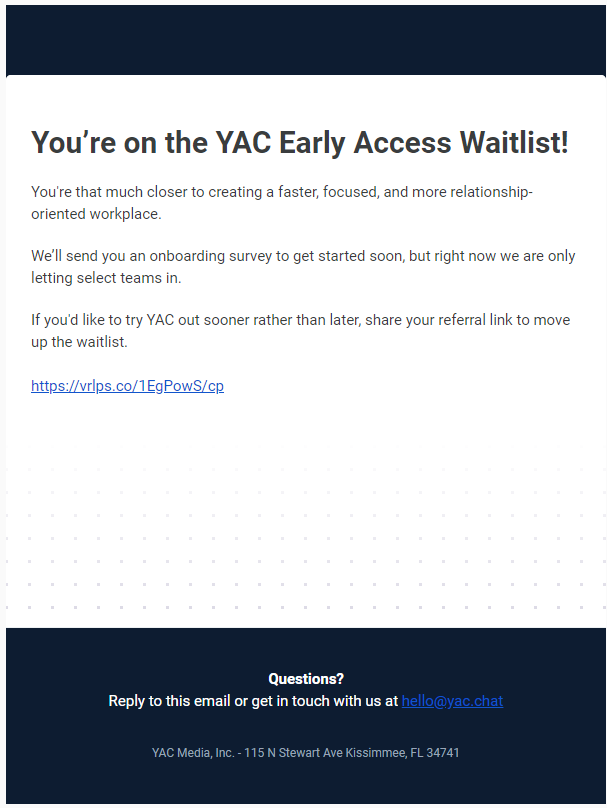
The leads also got into an email sequence as a lead in Intercom for nurturing emails.
The unique thing about moving a lead from Viral Loops to Mailchimp and then to Intercom is that now that the lead is in all 3 systems. Yac’s team was able to fully track them through all stages of the funnel.
When a lead had been in Intercom for a certain amount of days, an Airtable row was created on their behalf which added them to one of the early access batches. Once that batch was full, a Gmail Zap would send them a welcome email with a unique link for their company using a bit.ly zap that inserted the company names the team collected from the Viral Loops form.
After that the invitation was sent, Intercom would “watch” to see that lead move to a user so that the team could track the conversion rate from invites. The entire process was automated and thanks to our Zapier integration not a line of code needed to be written.
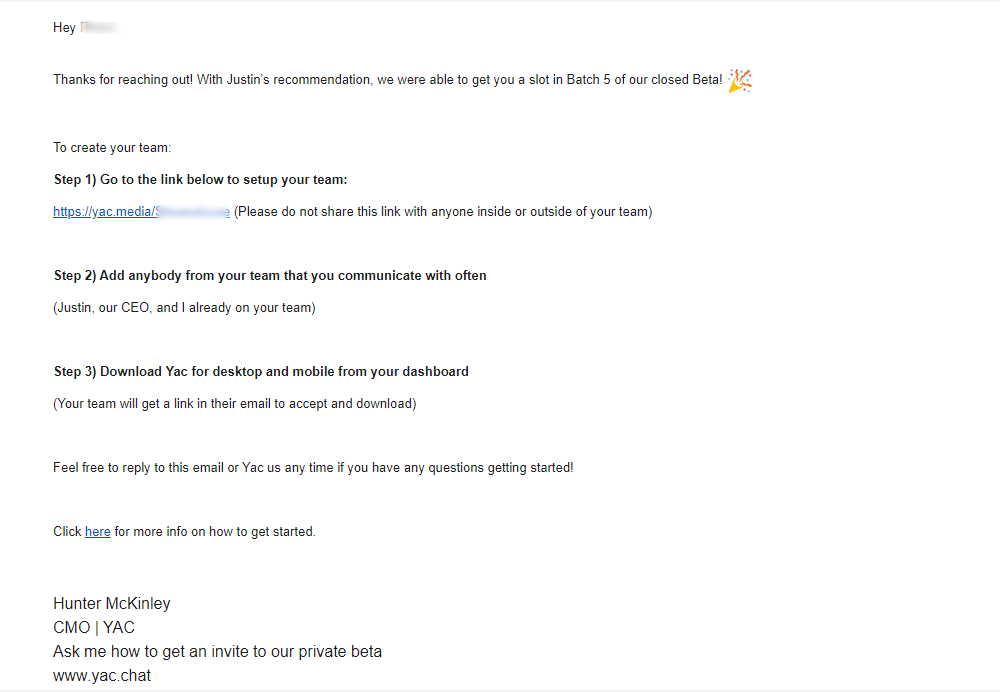
“
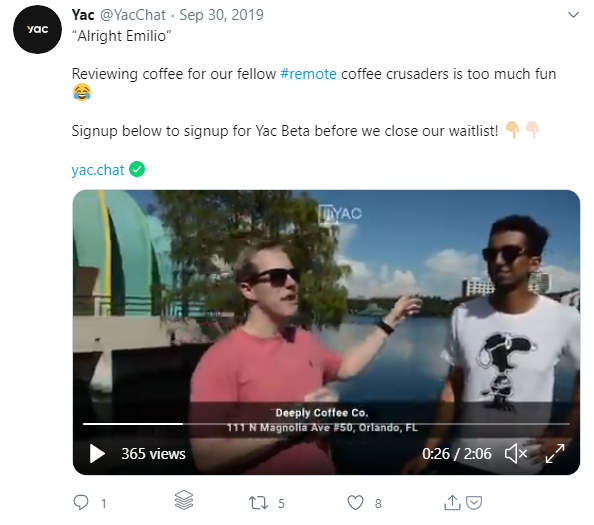
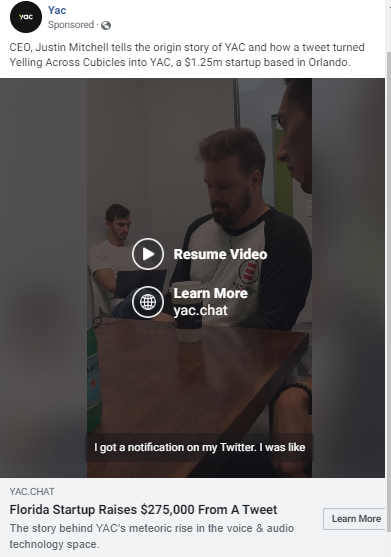
“
“ “
Although the signups seem low, the overall campaign was a massive success because we brought in quality over quantity for team leads that brought tons more teammates.
Remember that in Yac’s case, we talking about ‘teams’ rather than simple ‘participants’
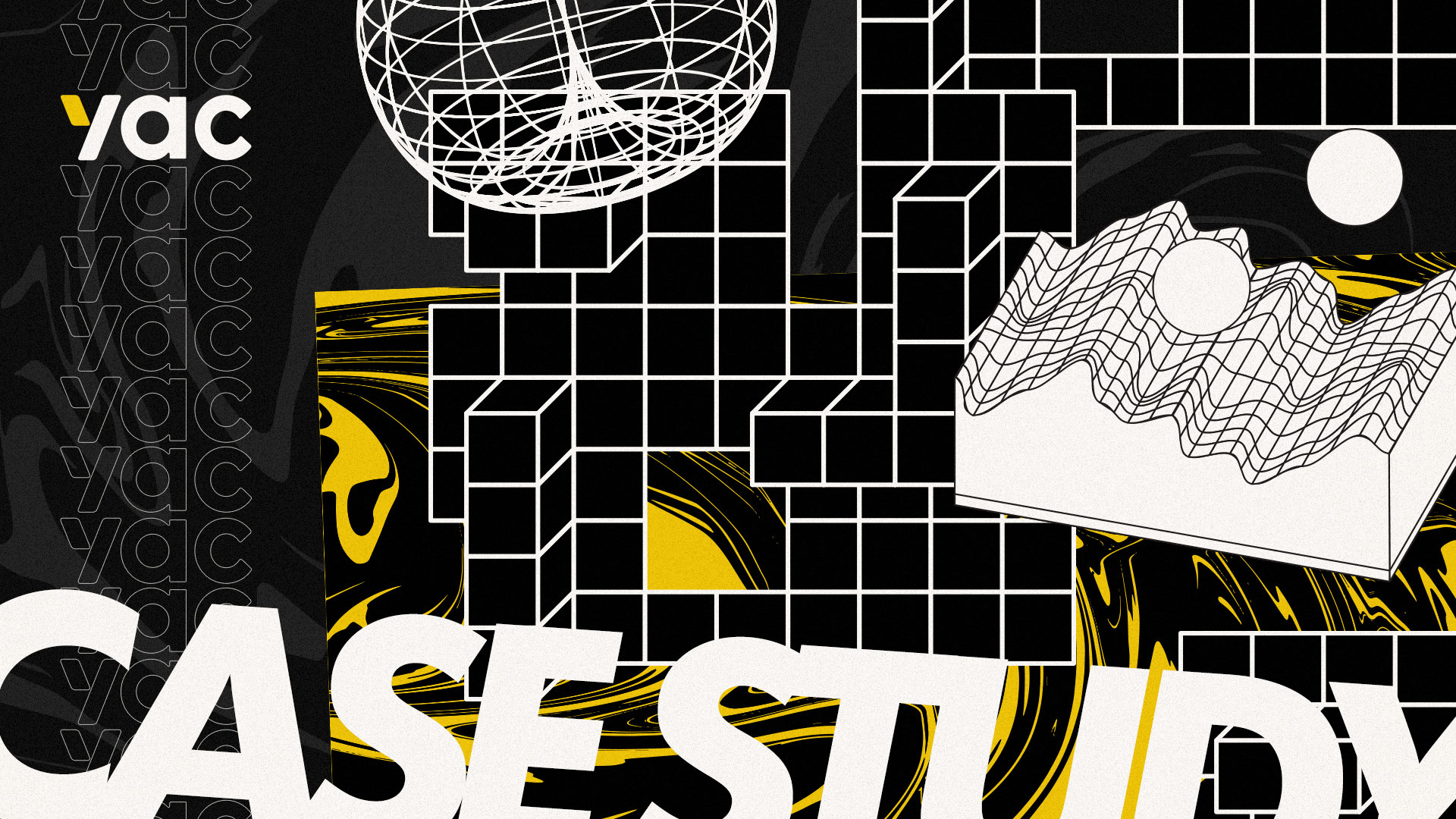

1 comment
Such an Inspiring blog. I Just Love it.